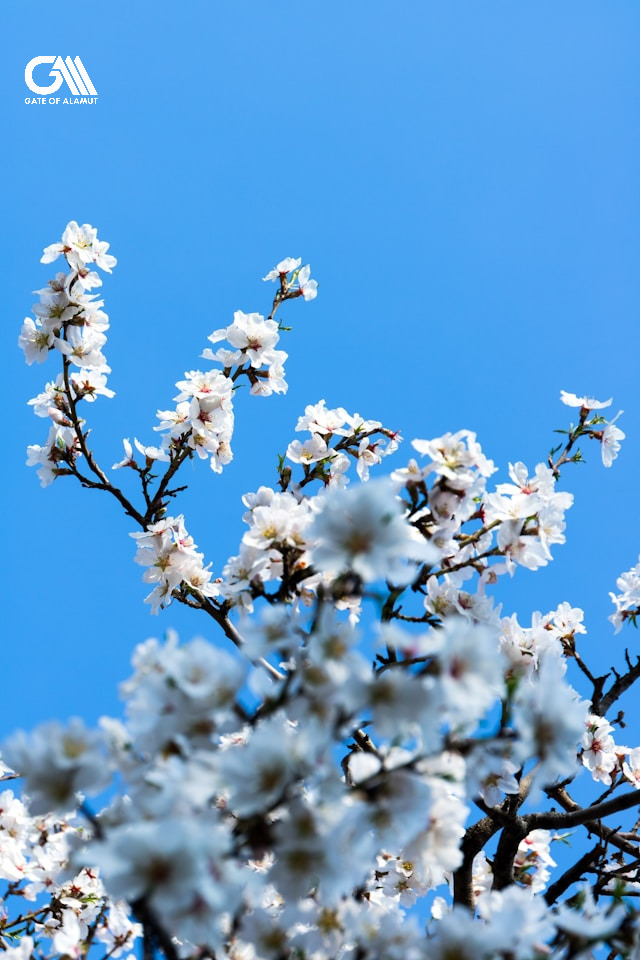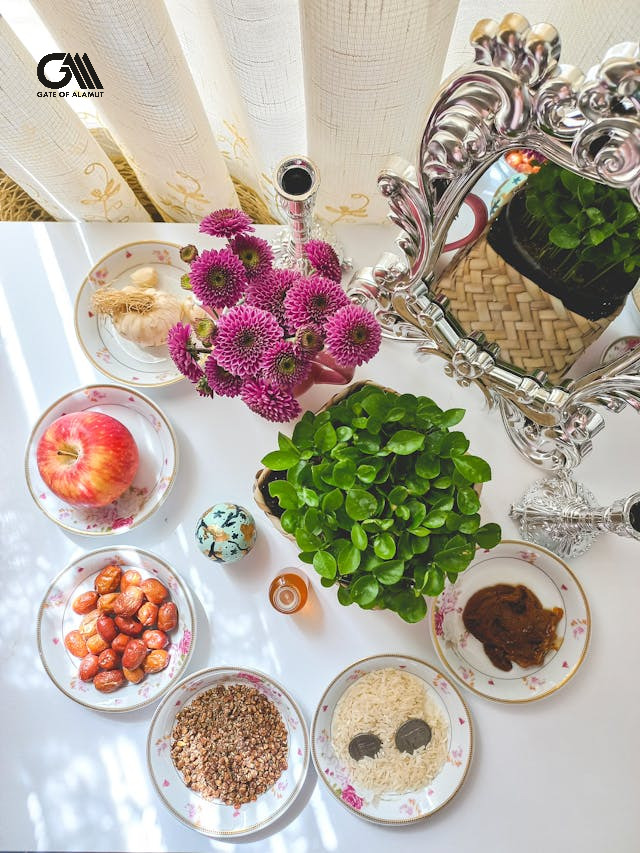Nowruz also spelled Nouroz or Navroz (Farsi: نوروز), which translates to “New Day,” is the Persian New Year and marks the beginning of spring.
Many people in Iran, Afghanistan, Azerbaijan, Central Asia, and by various ethnic groups across the world, celebrate this cultural festival. Nowruz usually takes place on the spring equinox, around March 21st.
Nowruz has deep roots in Zoroastrianism, and it symbolizes renewal and rebirth. It predates the advent of Islam, and has been observed for more than 3,000 years.
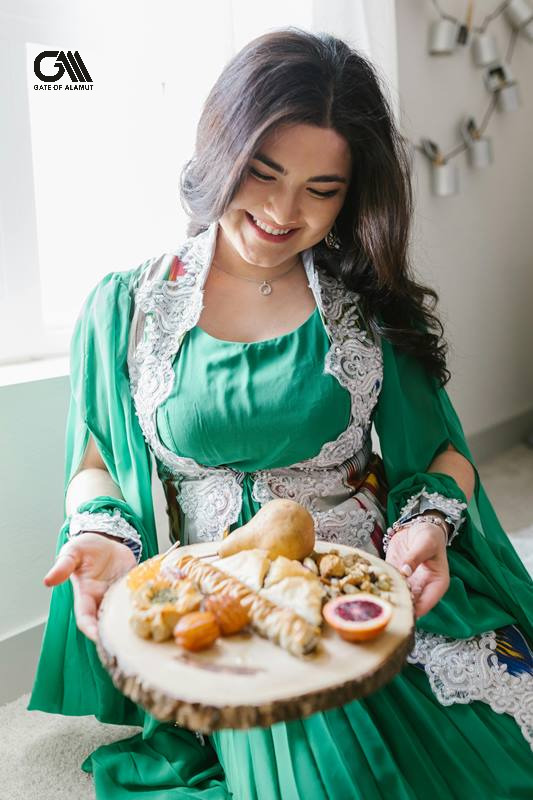
Nowruz and the World
Nowruz is recognized as an Intangible Cultural Heritage by UNESCO, reflecting its rich historical and cultural significance.
Nowruz serves as a unifying force, promoting unity, peace, and harmony among diverse communities. Its universal values of renewal, hope, and solidarity make it an essential cultural event that transcends borders and brings people together in celebration of life and the arrival of spring.
Traditionally, Nowruz is observed with great enthusiasm and joy. The festival includes cleaning the house, visiting relatives, exchanging gifts, and preparing symbolic dishes such as Sabzi Polo (herb rice) and Samanu (sweet pudding)
Since the olden times, Nowrouz celebrations include cleaning the house, visiting relatives, exchanging gifts, and preparing symbolic dishes such as Sabzi Polo (herb rice) and Samanu (Farsi: سمنو) (sweet pudding).

What do we do in Nowruz?
Haft-Seen (Seven S’s):
One of the key customs of Nowruz is the “Haft-Seen” (Farsi: هفت سین) table. This table is decorated with seven symbolic items that all begin with the Persian letter “seen. (Farsi: س)” The sound is similar to the English “S”.
These items symbolize purity, fertility, and the arrival of spring. They include Sabzeh (sprouts or wheat grass), Samanu (a sweet pudding made from wheat germ), Senjed (dried fruit of the oleaster tree), Seer (garlic), Serkeh (vinegar), Somagh (sumac), and Sonbol (hyacinth flowers).
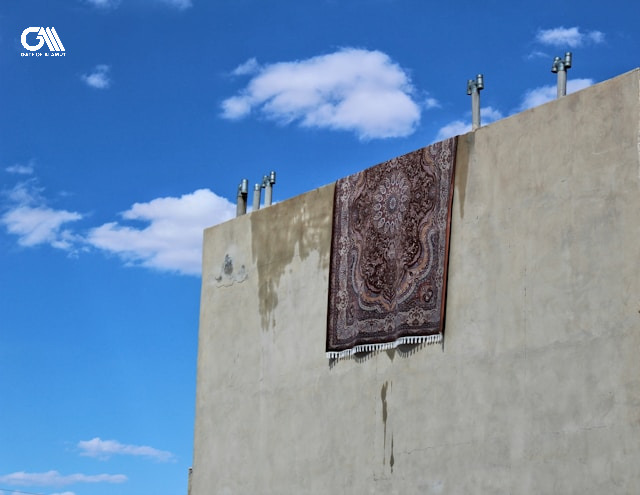
Khaneh-Tekani (Cleaning the House):
Families thoroughly clean their homes before the festival to rid them of any negative energy and make room for new beginnings.

Nature and Sizdah Bedar:
People often visit parks and gardens, enjoying the beauty of nature as it awakens from winter. On the 13th day of the celebration, known as Sizdah Be-Dar (13th day out in nature), people get out of their homes to be in nature.
If the weather is ok, every single family in Iran would be out in the nature. The parks, the mountains and every bit of nature would be full of people.
Sizdah Bedar is the last day of Nowruz holidays. Right in the next day, people are going to be at work. So, the feeling is kind of mixed joy and being upset.
I remember some years ago, I hosted an Italian couple during 13 bedar. We were in Alamut Valley. Many families from Alamut Valley, Tehran, Karaj and Qazvin were in the valley. They were playing, dancing, having fun and eating kebab in nature. The day after the 13th was both the beginning of Ramadan (fasting) and also the start of the working days.
The Italian guy said: This is so crazy, today, you are having a lot of fun, tomorrow, you will go to work and you will also fast! 😊
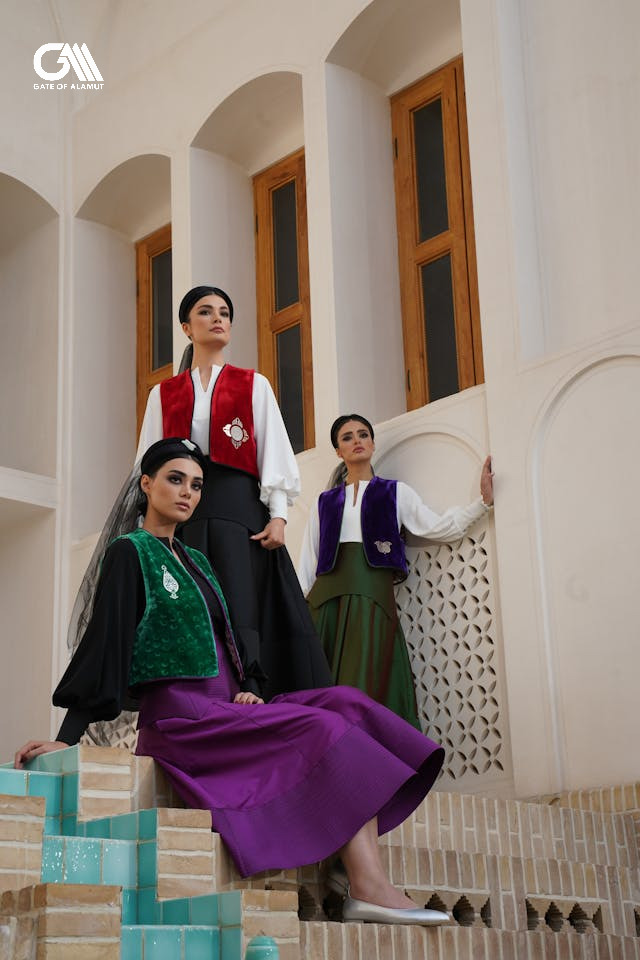
Clothing and Decorations:
No matter what family financial situation we are in, we push ourselves to buy new clothes for the family members. Actually, on medium-level incomes, families usually buy new clothing only once per year and that is for Nowruz or New Year. The new clothing includes at least a shirt, pants and shoes.
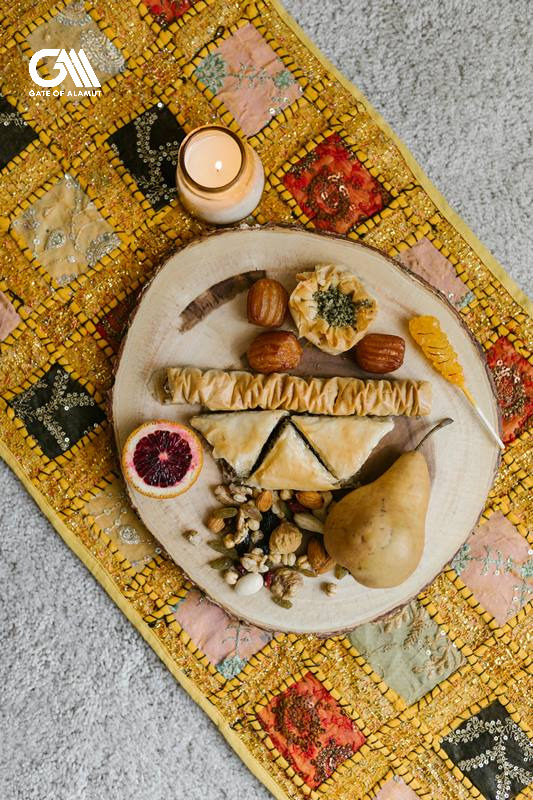
Special Foods:
A variety of delicious dishes are prepared during Nowruz, such as Reshteh Polow (rice dish with noodles), Sabzi Polow (herbed rice), and Maast-o-Khiar (yogurt and cucumber dish).

Paying visits to families and relatives:
